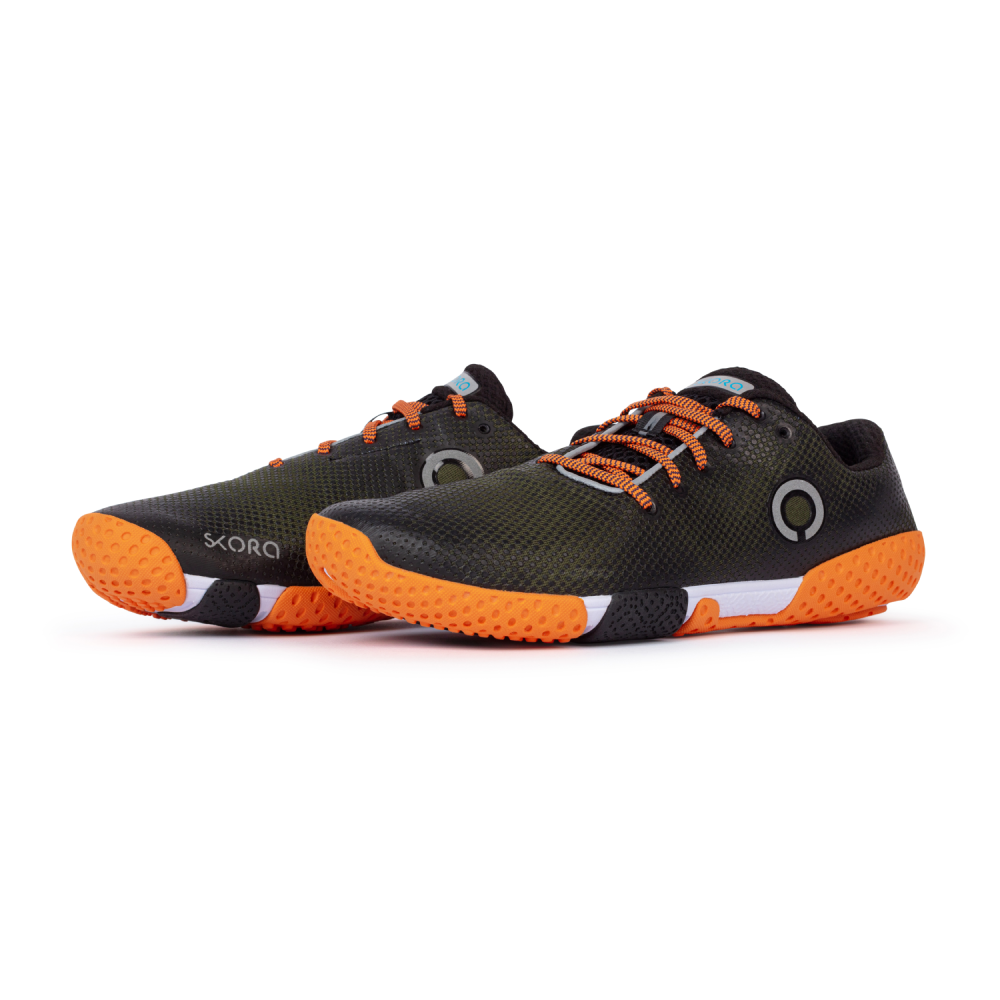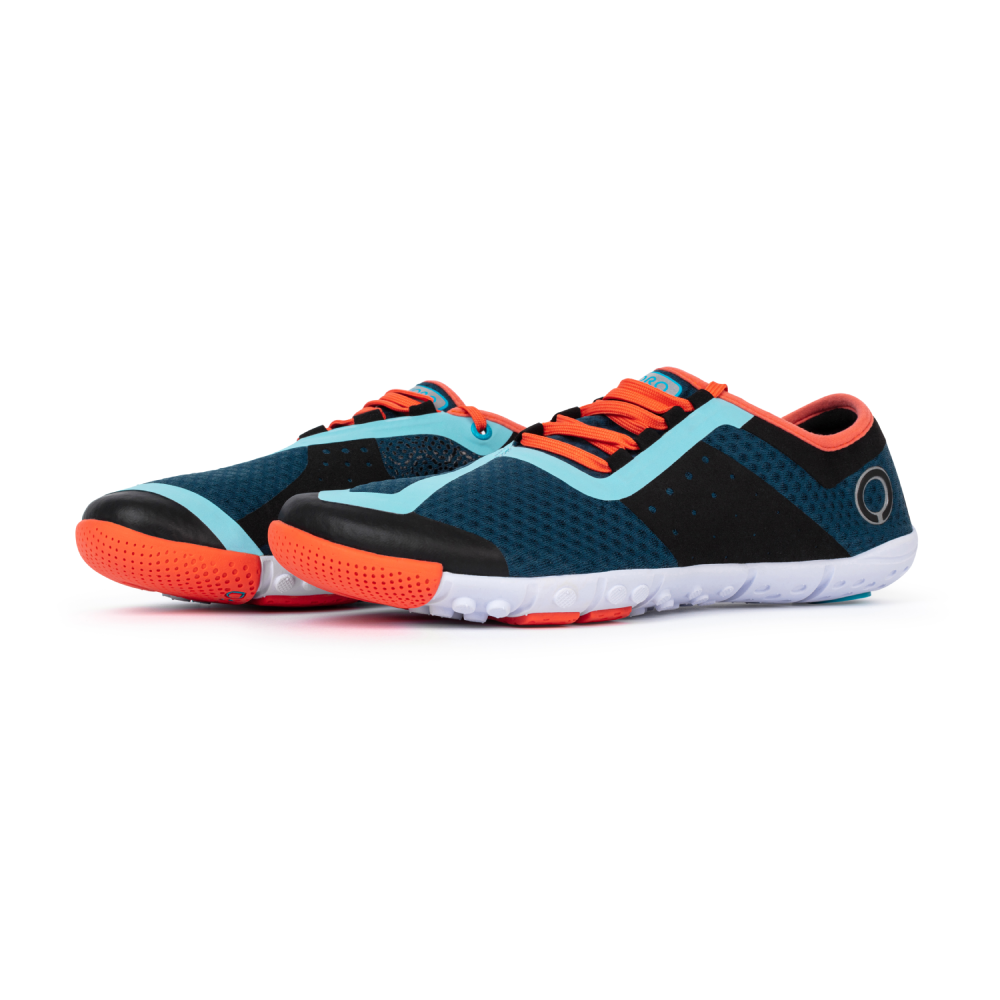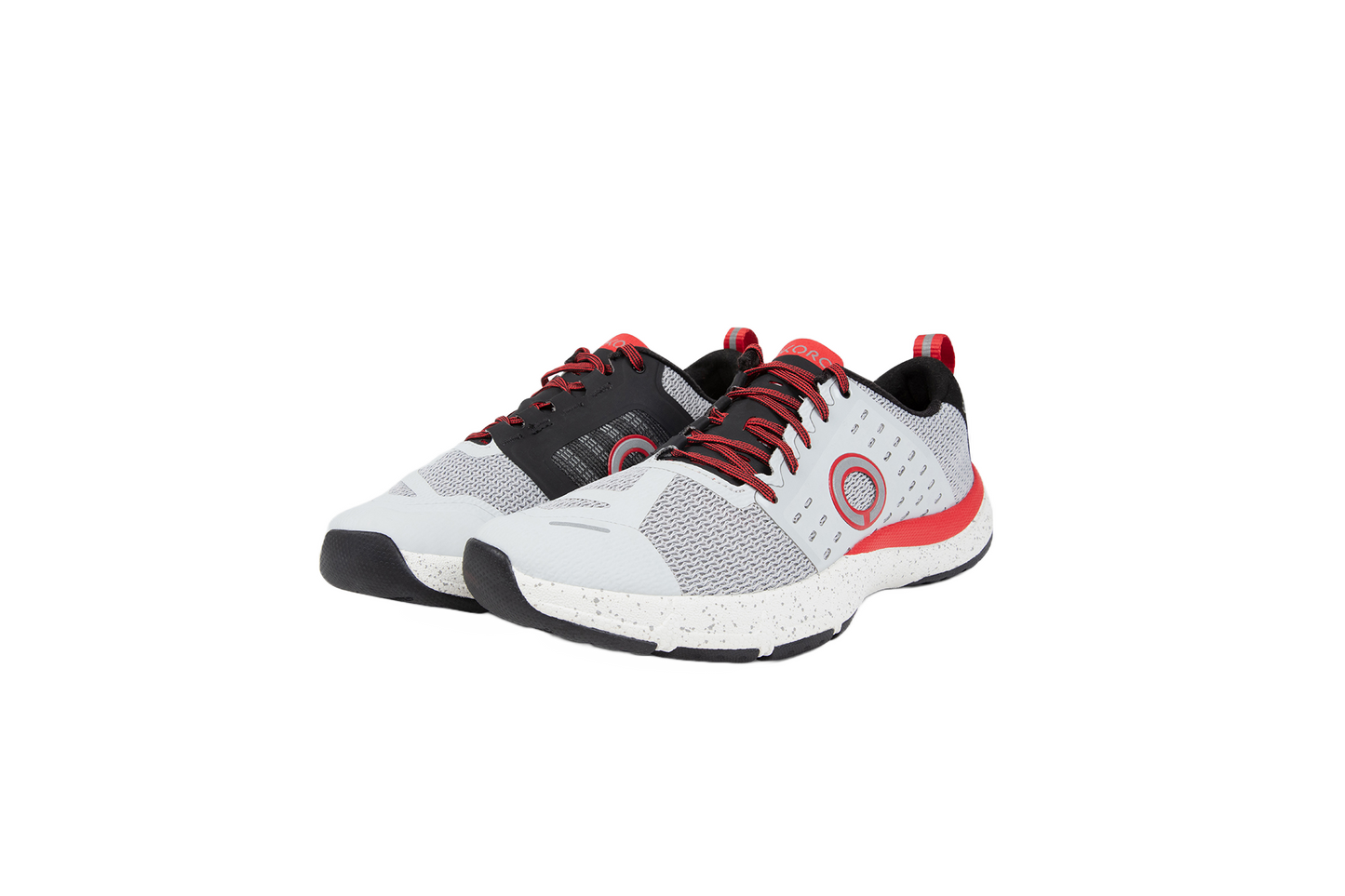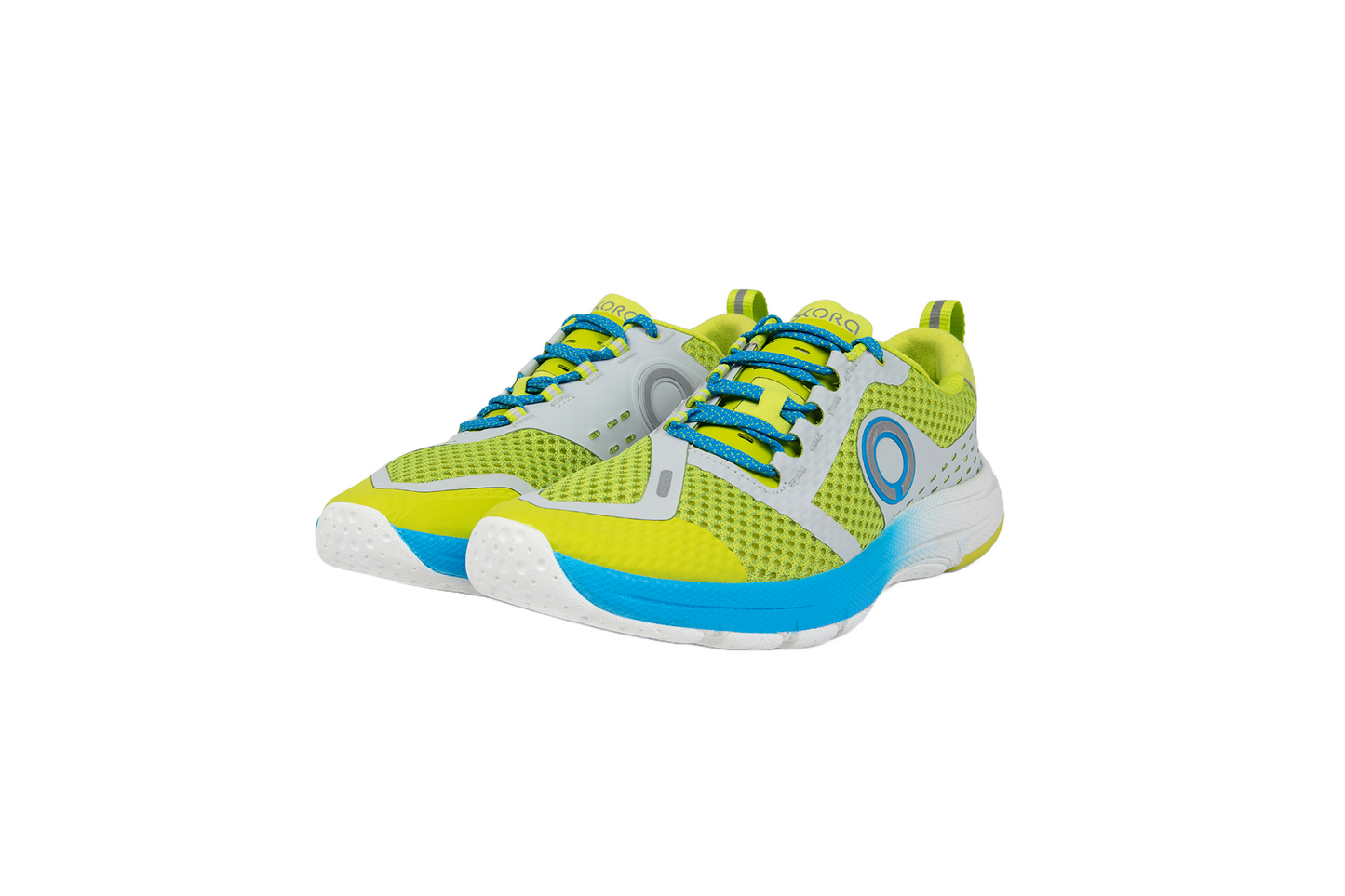

There’s no doubt that treadmills don’t get a lot of respect.
Whatever your opinion of this machine, chances are you have ran on it or will at some point.
For those who may only run on the dreadmill once a month to those who will spend most of the winter on it, here’s your comprehensive guide to treadmill training.
There’s no doubt that treadmills don’t get a lot of respect.
Whatever your opinion of this machine, chances are you have ran on it or will at some point.
For those who may only run on the dreadmill once a month to those who will spend most of the winter on it, here’s your comprehensive guide to treadmill training.
Why Run on a Treadmill?
When the weather turns for the worse, being able to run in shorts in a controlled environment can make the treadmill feel like paradise.
If you do not have any hills handy, the treadmill is also a great way to do hill training for longer periods of time than running up over a bridge or overpass. If you’re running a long race with a great deal of downhill running, finding a treadmill that can decline is also a fantastic way to strengthen the quads for long downhill sections!
If you’re already at the gym, you might as well add a little running before or after your group training or gym session.
It’s also a great opportunity take advantage of the softer treadmill surface with a light pair of shoes to work on your foot strength and running technique.
The Differences Between Road and Treadmill Running
When running on a treadmill, a few things change with your running form.
-Less of a heel strike, more of a flat footed landing
-Increased step rate or cadence
-Less time touching the ground
Researchers suggest these form differences are a result of a feeling of slight instability on such a surface as a treadmill. This makes sense when you think about what you do if you come across a patch of ice while running outdoors – you probably take smaller steps and look down more, just as you inadvertently do on the treadmill!

Perceived Effort on a Treadmill
If you’ve always felt that a treadmill feels harder than running outdoors, you’re not alone! An interesting study had runners run on a track then run on a treadmill at the same perceived effort, but with the display covered so they did not know their true speed. The athletes typically ran at a much slower pace on the treadmill, even though the perceived effort was the same as when they ran on the track!
This change in the relationship between speed and perceived effort is likely due to a couple causes. First, there is no wind or air movement to cool you on a treadmill. Second is because your surroundings are not moving past you, which can also affect how fast you feel.
Three Things to Keep in Mind for the Best Results
1. Transitioning to the Treadmill
As with any change in your running habits, be it shoes, terrain, volume, etc, the more gradual of a change the better.
Most important is to not begin running primarily on the treadmill right away, if you’ve been running outdoors almost exclusively. Start with only one or two easy runs weekly for a couple weeks, before running indoors more frequently.
2. To incline or not to incline?
Chances are you’ve been told to put the treadmill at a 1% incline to make it more similar to outdoor running.
This recommendation is based on a study that was looking to match the energy expenditure of indoor and outdoor running. The researchers only made the 1% incline recommendation for those running faster than a 7:09 mile pace! Slower than this and you can likely leave the treadmill at a level incline.
3. Footwear and Gear.
The forgiving deck of a treadmill means you can likely get away with a less cushioned, and more flexible training shoe.
Treadmill running is sometimes described as more of pulling rather than pushing motion, as compared to road running, so a highly abrasion resistant outsole will help the footwear last longer.
Going with a lighter footwear choice with less cushion and more flexibility will give your feet a great workout in the off-season, to prepare you for the more demanding outdoor workouts to come. The SKORA PHASE shoe is a great choice thanks to the Injected Rubber outsole and highly flexible design.

What Others are Saying about the SKORA PHASE
“Because treadmill running is really about pulling rather than pushing and given the synthetic surface of the treadmill belt, SKORA’s PHASE is perfectly suited with its zero drop, durable injected blown rubber IBR outsole, breathability and good looks for use in the gym when not on the treadmill.”
Adam Chase, Editor RunHaven
“I exclusively use Phases on the treadmill. I like the light-weight nature of them and typically find myself doing speedwork on treadmills.”
Stefanie Dilts Bernosky, SKORA Ambassador
“The “terrain” is uniform, so I’m not worried about mis-steps. Lighter is better. I want something as close to barefoot, but is still protecting my foot from belt-burn.”
Amanda Mowry, SKORA Ambassador

Five Killer Treadmill Workouts
Pin this page to reference these treadmill workouts in the future!
1. Commercial Fartlek
Run at an easy effort during the program or show and speed up during commercials.
The term “fartlek” comes from the Swedish work for speed: fart, and the work for play: lek – speedplay. Basically a word for slightly random increases or decreases in speed to reduce boredom and increase fitness. On a gym treadmill, chances are good there is a television within your sights. Even if you’re not listening to the broadcast, you can still increase the speed during commercials and slow down during the show.
2. Pyramid Workout
This is a classic structure that is easily adapted to the treadmill. After a warmup, you go into the workout with some form of 1:00, 2:00, 3:00, 2:00, 1:00, 2:00, 3:00 minutes moderate/hard with equal duration easy jogging between the harder repetitions.
3. The Breakup
Breaking up a treadmill run with strength work can be the best way to grind through an indoor run. If you have weights near the treadmill, find a strength routine online and after every 10 minutes of treadmill running, jump off and spend a few minutes doing a couple sets with the weights.
This can be a great way to both get some strength work completed as well as not go crazy on the machine.
4. Strength Endurance
A superb workout! After a warmup, do some uphill reps at a hard pace. For example, 8×1:00, 5×3:00, or another time/rep variation hard uphill with equal duration jogging recovery, after a warmup. The strength part comes into play when after each uphill and jog recovery, you jump off the treadmill and do some bodyweight straight-leg deadlifts and squats. They may not seem like much at the time, however the combination of hill sprints and strength work during a run will make you a stronger athlete.
5. Downhill Work
Simply put, do any of the above workouts on a declined treadmill. This will do a lot towards strengthening the quads and if you do a race with a lot of descent, your time will thank you.
Other fun reasons to get on the treadmill
-If you run solo outside, being among people indoors can be a little motivation boost.
-This can be a great time to catch up on reading, a tv series, or to watch a movie.
-Put the earbuds in and just jam out.
-Show off those great runner calves and quads.
(add yours in the comments!)
Subscribe to our newsletter & be entered into our monthly free shoe drawing!



